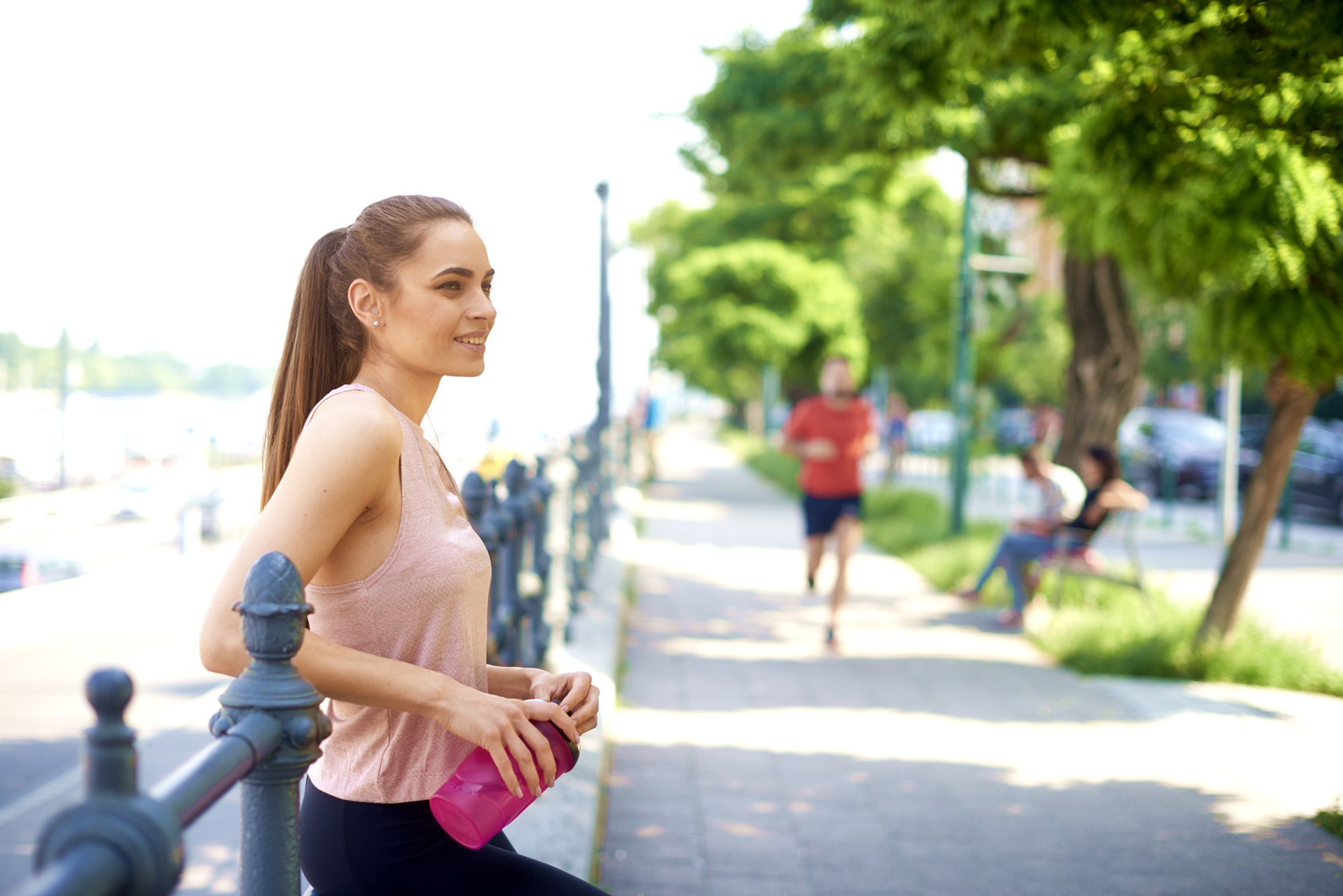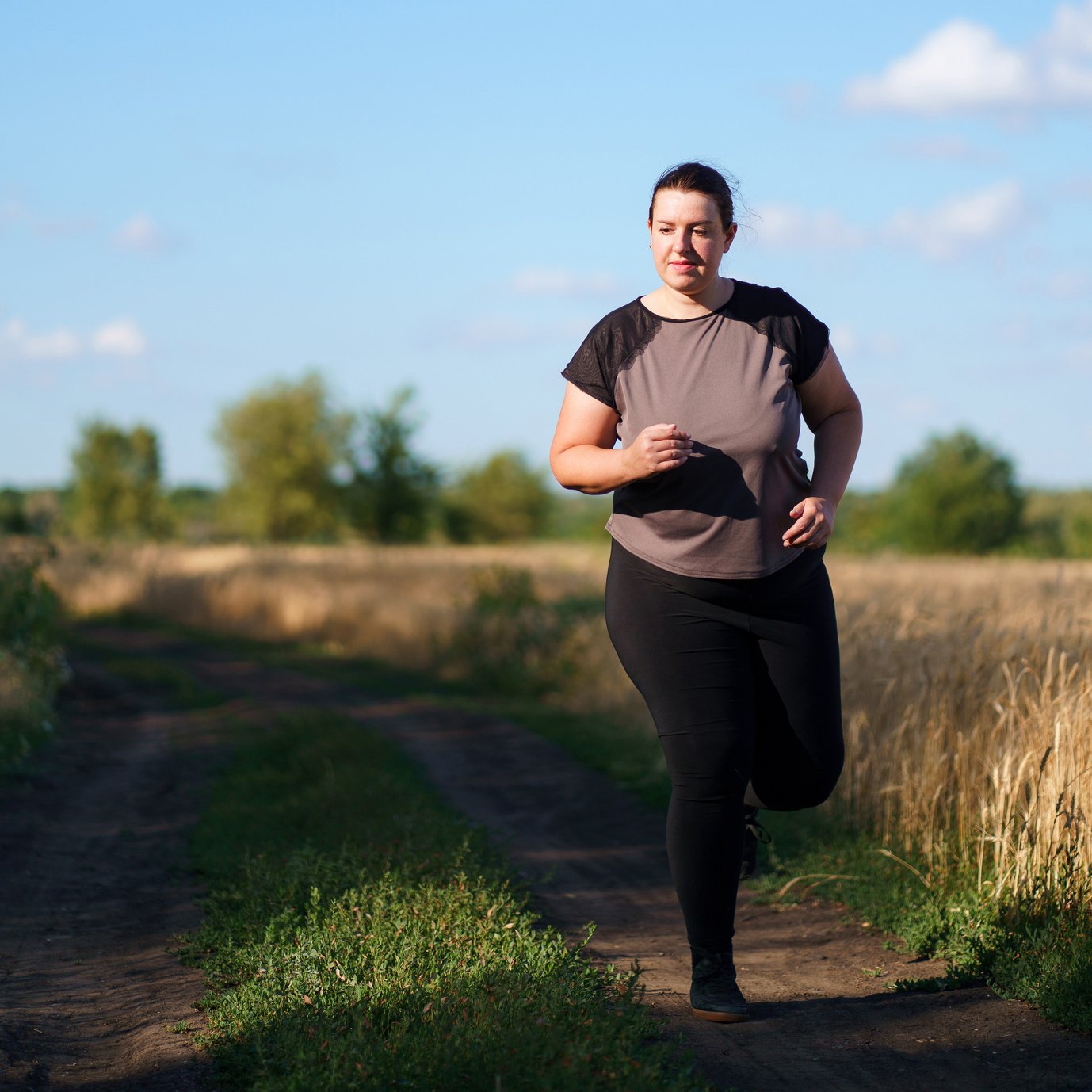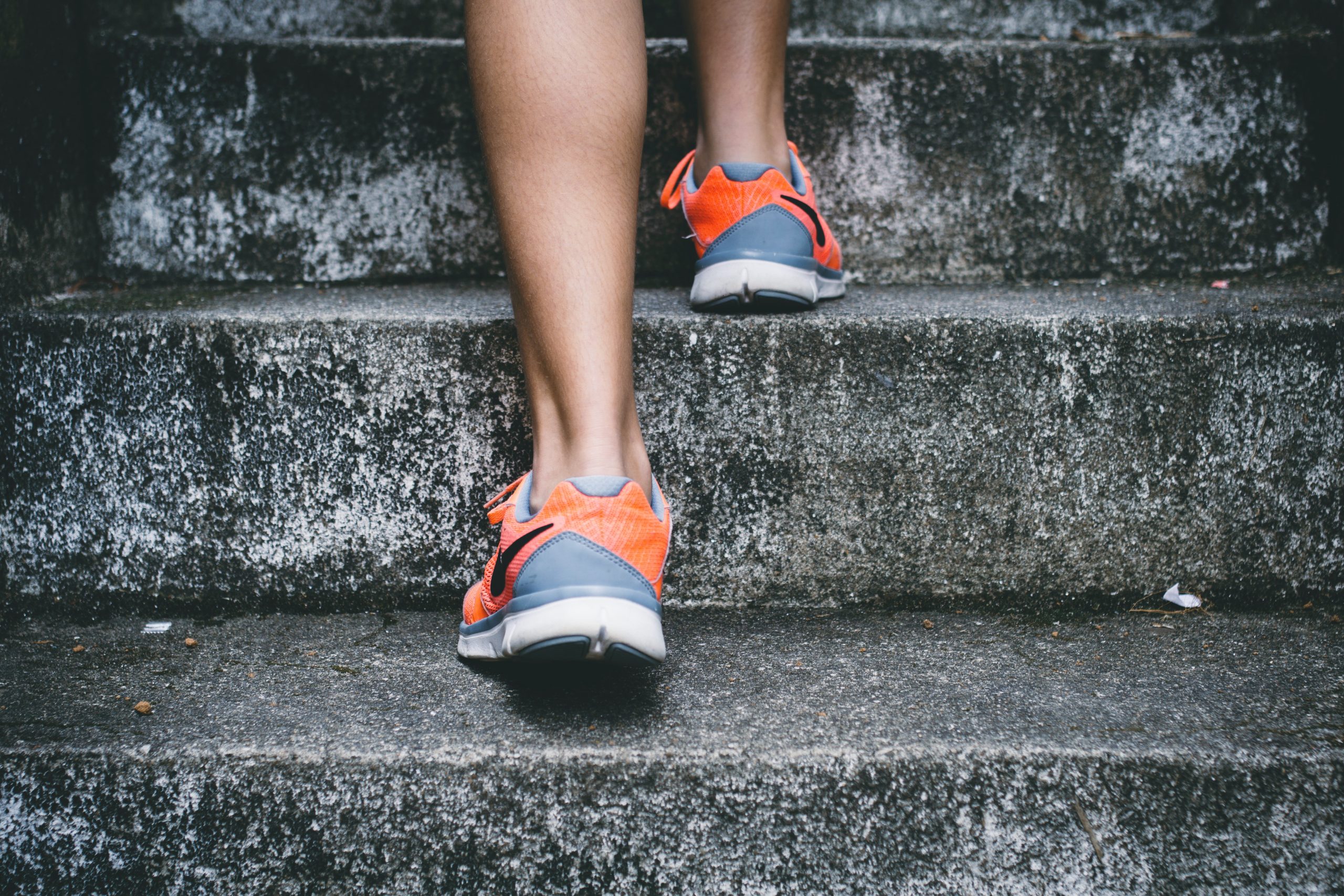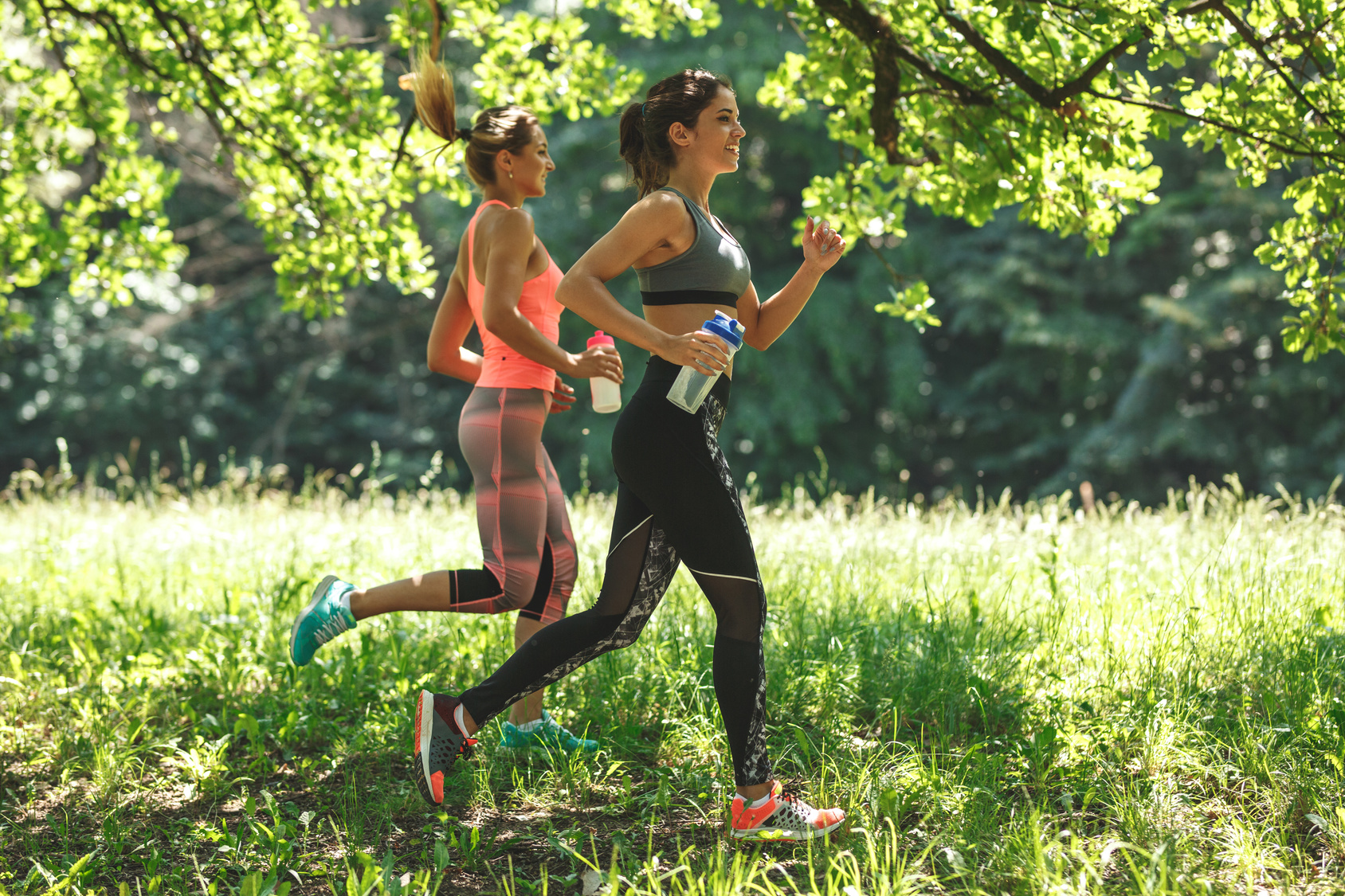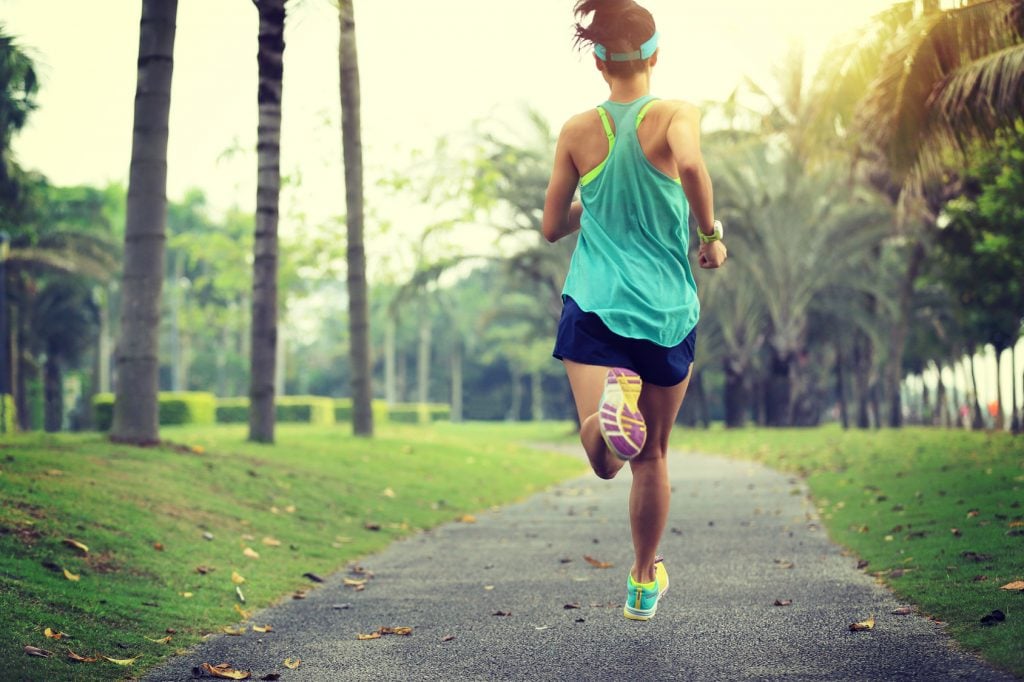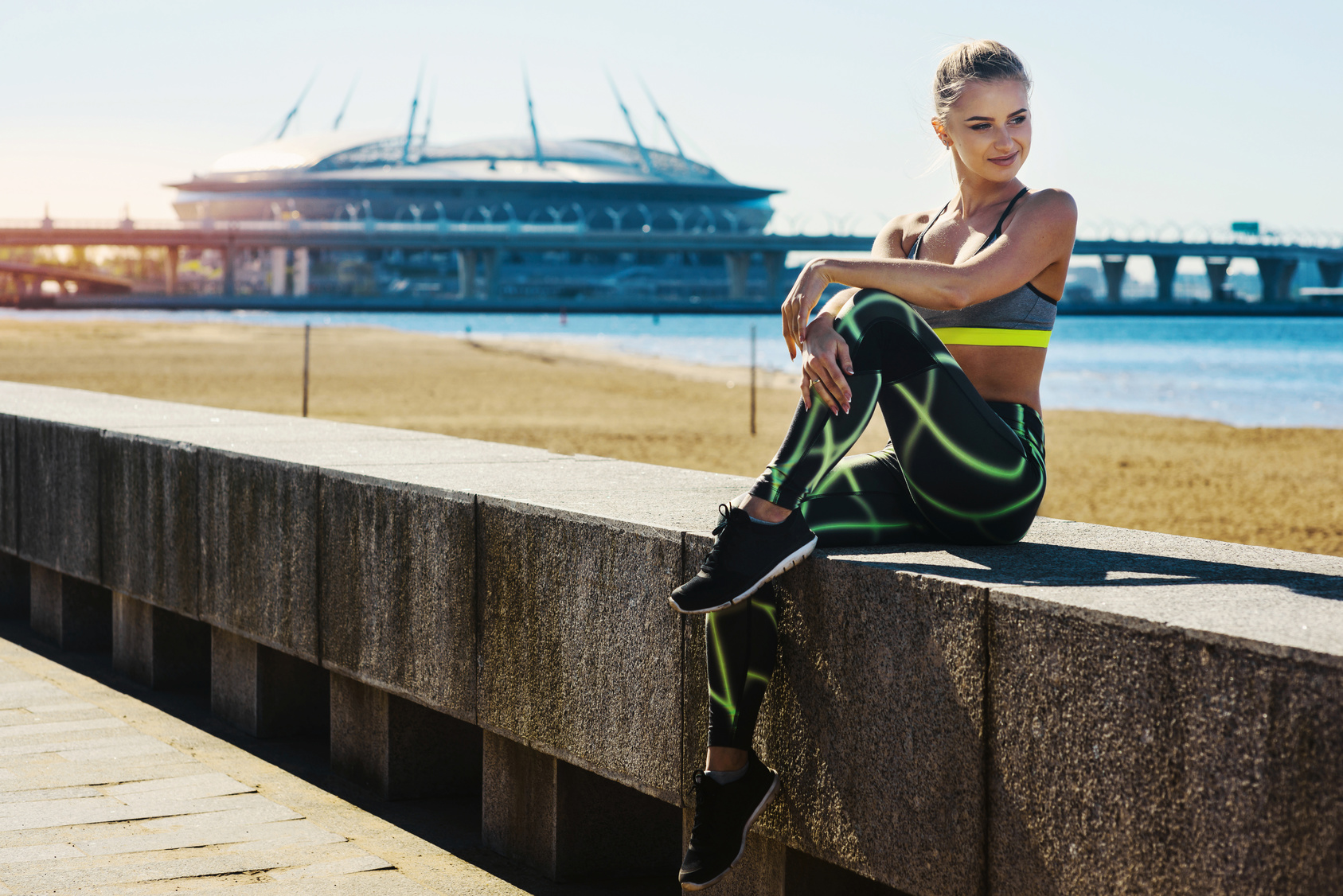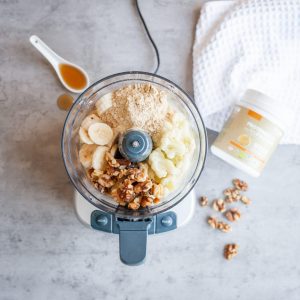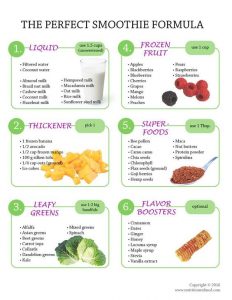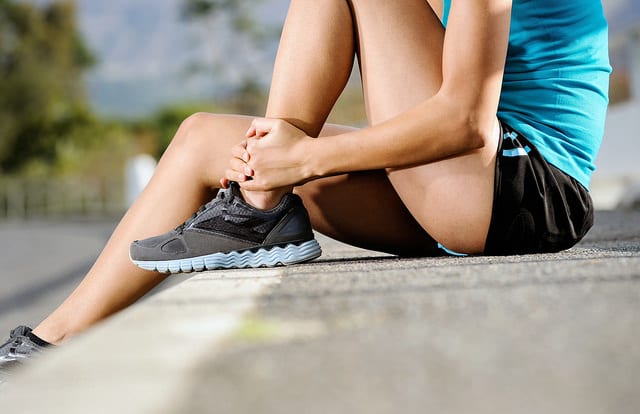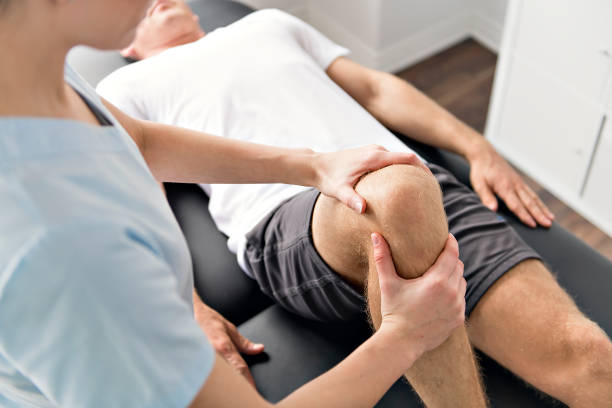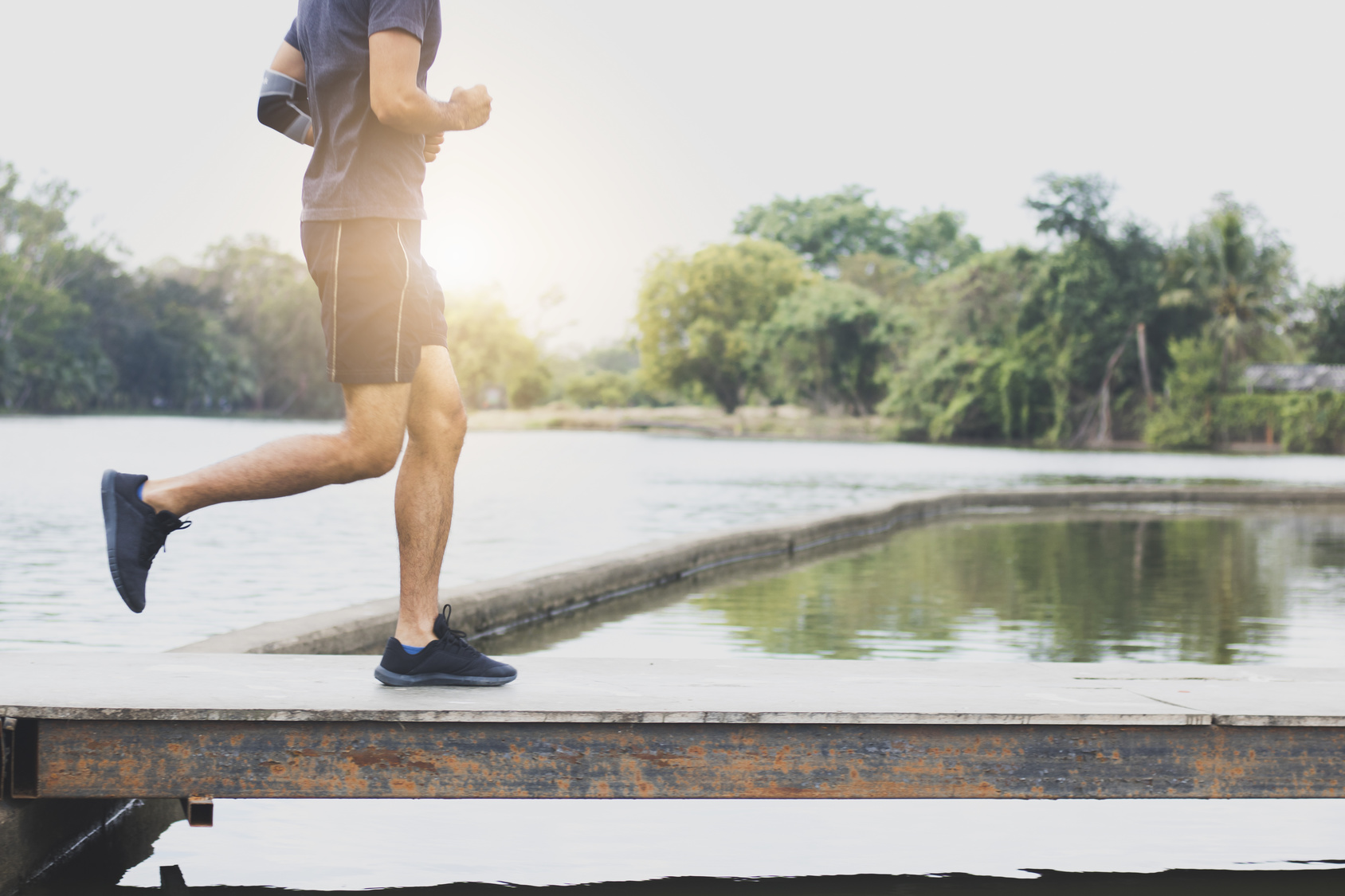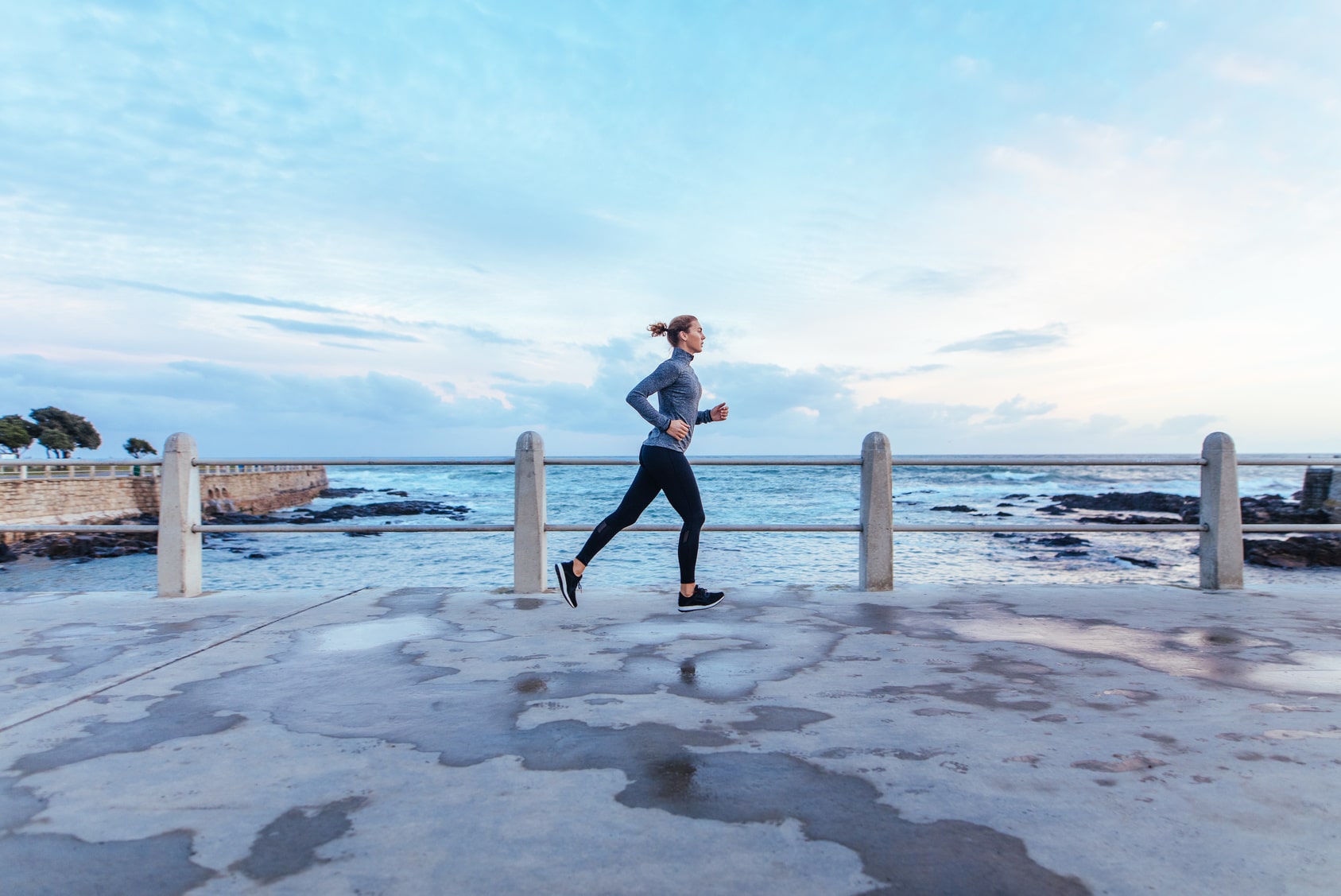Looking for running advice when you’ve diabetes? Then you have come to the right place.
Running is a great form of exercise as it helps you lose/maintain body weight, build muscle, improve the body’s sensitivity to insulin—the list is long.
But, if you’re one of the hundreds of millions of people around the world dealing with diabetes, you’ve likely heard some conflicting advice on running.
The truth is, when you have a chronic condition, such as diabetes, there are a few measures to take to ensure that running does make your condition worse.
In this article, I’ll share with you a comprehensive guide on how to run safely and effectively when you’ve diabetes.
More specifically, I’ll look at:
- The pros of running on diabetes
- The cons of running on diabetes
- Does running make your diabetes worse
- And so much more
Sounds great? Let’s get started.
Diabetes Explained
There are two types of diabetes diagnoses: Type I and Type II.
Type 1 Diabetes is a lifelong genetic condition in which the patient pancreas produces little to no insulin. Insulin is a hormone that helps sugar enter your body cells from the bloodstream, where it can use as fuel.
The lack of insulin forces blood sugar to build up in the bloodstream. This can be damaging to the body and cause many complications of diabetes.
On the other hand, type II is a lifestyle-caused condition in which the body is unable to use blood glucose effectively as energy, resulting in a build-up of sugar in the bloodstream.
Some of the most common symptoms of diabetes include:
- Increased thirst
- Frequent urination
- Exhaustion
- Hunger pangs
- Weight loss or gain
- And so much more.
Experience any of these symptoms and suspect it’s diabetes-related? Then you should consult your doctor for further tests.
Additional guide – Running With Seasonal Allergies
How Does running Impact Your Blood Sugar
Your running duration, intensity, and frequency are all important when it comes to the impact of training on blood sugar.
In most cases, running and other forms of exercise can help reduce blood sugar levels by burning glucose and improving insulin sensitivity.
But, keep in mind that for some individuals, running—especially when running for a long time—may force blood sugar levels to plummet, resulting in hypoglycemia—either during the run or after the exercise.
But it’s not always the case; for some people, mainly those diagnosed with type I diabetes, running may cause the blood sugar levels to soar.
Don’t get me wrong.
I’m not trying to dissuade you from logging the miles, but once you wrap your head around how your body, especially your insulin system, reacts to running, you’ll be able to manage your condition much better.
Additional resource – Running Vs Jogging
How to Run Safely With Diabetes
I hate to sound like a broken record, but running does offer a lot of benefits to people dealing with diabetes.
However, to err on the side of caution, there are some key measures to take before you take up your running shoes and head out the door.
Here are some of the most important ones.
1. Talk to your Doctor
You shouldn’t move a finger—or a leg—without getting the green light from your doctor first.
Yes, that’s the rule.
Consult your physician before starting any kind of exercise routine, especially if you’re a complete couch potato and/or haven’t exercised in a long time.
Your doctor can provide you with specific advice on better managing your condition and other symptoms while you’re running.
They can also share a few guidelines—or sources—on getting started safely and forming a lasting habit.
A little caveat, though. Make sure your doctor is either a runner or, at the very least, understand what it means to train regularly and commit to endurance sports with diabetes.
Additional resource – Running with arthritis
2. Take It Slow
Looking to start running for the first time? Then take up walking first before you get to the miles.
Many people shy away from running because they assume they have to be able to run for hours and hours out of the gate.
But, unfortunately, this is never the case.
Instead of trying to run for an hour, try walking for an hour, then build it up to 90 minutes. Then, as you get fitter, make your walks harder by increasing the pace and/or walking on include/hills.
Once you feel ready, start adding a few jogging intervals every here and there, following the reliable walk/run method.
Keep increasing the time spent running while taking less and less for recovery until you can run nonstop for 30 minutes without panting for air.
The rest is just details, after that.
Additional Source – How Far Did I Run?
3. Monitor your Blood Sugar
Whether you have type 1 or type 2, it’s key to closely keep tabs on your blood sugar level before and after running.
The reason? Blood sugar levels tend to fall during and following physical activity—especially running. Your levels might drop as fast as 30 minutes into the exercise and anytime after that. Be careful.
To decide whether it’s safe or not for you to run, keep the following three guidelines in mind:
- Less than 100 mg/dL – Your glucose level might be too low
- Around 100 to 250 mg/dL – your glucose level re within the safe range
- Over 250 mg/dL – your glucose levels are too high.
When your levels are too low, consume a snack that packs in 15 to 30 grams of simple carbs. Examples include fruit, cracker, and fruit juices. I’d also recommend taking glucose tablets designed for runners.
What’s more?
Have your meter around or wear a continuous glucose monitor (CGM) to keep track of your sugar blood levels during training.
You should also track your blood sugar level post-run. If they’d lower than 100 mg/dL, have a snack to stabilize your levels.
4. Stay Well Hydrated
Running deprives your body of a lot of fluid, especially when training for a long time and/or in the heat. Unfortunately, that means you’re at a higher risk of getting dehydrated as a result.
Dehydration is common among runners, especially those running long distances and/or when the sun is out, and the temperature is high.
In fact, even mild dehydration can impact your blood sugar levels. When you’re dehydrated, the sugar in your blood becomes more concentrated, and that results in higher blood glucose levels.
When it’s the case, your kidneys will have to work double-time to deal with the excess sugar.
When your kidneys are overworked, your body eventually expels the excess glucose in your urine. The more fluids getting dragged from your tissues, the more likely you are to become dehydrated.
Here’s the full guide on staying well hydrated while running.
Additional reference – Stop peeing when running
5. Fueling For Runners With Diabetes
Pre-run eating rules are the same whether you’re diabetic or not.
In most cases, your insulin/medication dosage would depend on the energy needed and following glucose response.
As a rough guideline, your glucose levels pre-run should be roughly 125-180 mg/dL. If your pre-run glucose fall below that range, try eating 15 to 20 grams of quick-absorbing carbs to bring it up.
However, if your levels are below 90 mg/dL, consume about 30 to 50 grams of carb to bring your levels back to normal.
So what should you have?
Most experts recommend opting for quick-acting carbs—preferably in the form of snacks—and having small amounts of protein and fat in the two to three hours before a run may minimize GI stress.
6. Short Runs
Short runs, anything between 20 to 40 minutes—can be completed with minimal impact on blood sugar levels.
This is especially the case during low to mild intensity training.
However, if your blood glucose level is higher than this range, you might not need a pre-run energy boost.
When your glucose levels are low, enough sugar and wait for your glucose levels to stabilize before running.
To err on the side of caution, I’d recommend that you take with you some form of sugar.
This is especially the case if you find it harder to spot symptoms in the middle of a run. It’s always better to be safe than sorry. I cannot stress this enough.
7. Long Runs
Long runs or any session is lasting over 60 minutes will usually require sticking to an easy conversational pace for an extended period.
As for fuel, shoot for a carb intake ranging between 1 to 4 grams per kilogram of body one to three hours before the run.
What’s more?
Keep in mind that long runs are not for beginners. You should only try to go the distance after having developed a good cardio base and fitness from the shorter run.
Why? Pushing your body more than it can handle can lead to severe hypo.
After your run, test your blood sugar again, and it’s under 100 mg/dl, have a snack.
8. Eat On The Run
If you’re prone to low blood sugar levels, I’d recommend that your carry a form of fast-absorbing carbohydrate to manage potential blood sugar levels or hypoglycemia.
Start taking in calories 30 minutes into the run, shooting for 40 to 50 grams per hour for runs extending over one to two hours.
Have at least 60 to 90 grams for long runs lasting over two hours.
Some of the best options include:
- Candy
- Glucose gel
- Glucose tabs
- Dried fruit
- Sports drink
9. Carry Your Medical Info
Having your medical identification—as well as your emergency contact list—is key if you’re out there for longer than an hour.
You should also inform a spouse or a friend about your whereabouts and what time they should expect to hear back from you.
Hypoglycemia is always a risk, and you should always be prepared for the worst. You never know when things can go south.
Or else, pair with a running buddy, there’s, after all, safety in numbers.
10. Pay Attention To Your Body
Telling signs of low blood sugar levels vary from person to person, but the most common ones include;
- Dizziness
- Shakiness
- Light-headedness
- Confusion
- Hungry
- Fatigue
Keep in mind that a lot of these symptoms can be ignored or masked on a tough run or race, thanks to the rush in adrenaline and focus that usually comes with running.
So be careful.
This is the reason you should build the habit of regularly checking your glucose levels throughout training or utilize a CGM to assess patterns. I cannot emphasize this enough.
Running with Diabetes – The Conclusion
There you have it! Having either diabetes type I or Type II shouldn’t spell the end to your running carrer. By taking the right measures, not only would you be able to keep running, but also improve your overall condition and health.
What’s not to like!
Thank you for dropping by.
Keep running strong.
David D.

